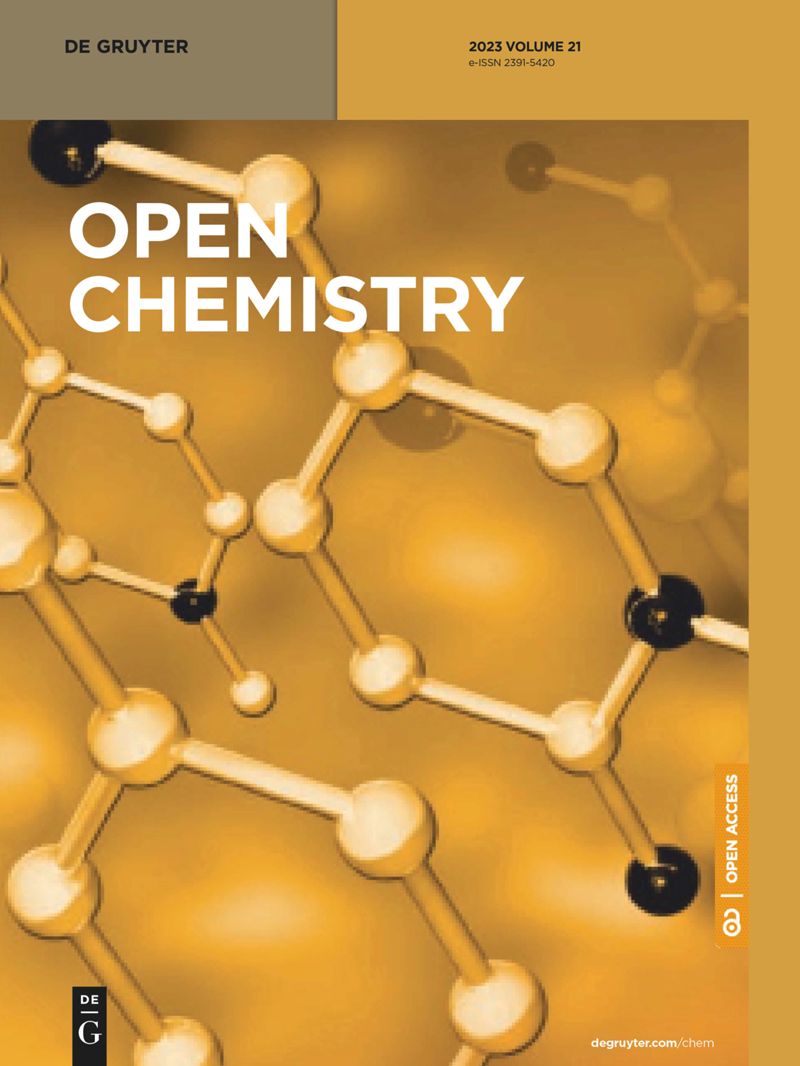Development and validation of a stability indicating UPLC-DAD method coupled with MS-TQD for ramipril and thymoquinone in bioactive SNEDDS with in silico toxicity analysis of ramipril degradation products
IF 1.9
4区 化学
Q3 CHEMISTRY, MULTIDISCIPLINARY
引用次数: 0
Abstract
The identification of degradation products of therapeutic molecules in pharmaceutical formulations has gained significant attention due to their potential impact on patient safety. Ramipril (RP), an antihypertensive agent, was incorporated into a self-nanoemulsifying drug delivery system (SNEDDS), which greatly enhanced its bioavailability. However, none of the previous studies have investigated the toxicological effects of these degradation products that may form during storage. Moreover, a bioactive SNEDDS containing black cumin oil (BCO) and its bioactive ingredient, thymoquinone (TQ), was used to further enhance the therapeutic activity of RP. To assess the stability of the proposed formulation, a validated ultrahigh-performance liquid chromatography (UPLC) method was developed to simultaneously measure the concentrations of RP and TQ. The formulation was subjected to accelerated stress conditions to facilitate drug degradation. The resulting degradation products were analyzed using mass spectroscopy (MS) to determine their molecular mass, and their chemical structures were开发和验证生物活性 SNEDDS 中雷米普利和胸腺醌的稳定性指示 UPLC-DAD 法及 MS-TQD,并对雷米普利降解产物进行硅毒性分析
由于药物制剂中治疗分子的降解产物可能对患者的安全产生影响,因此对这些降解产物的鉴定受到了极大的关注。雷米普利(Ramipril,RP)是一种抗高血压药物,将其纳入自纳米乳化给药系统(SNEDDS)后,大大提高了其生物利用度。然而,以往的研究都没有调查这些在储存过程中可能形成的降解产物的毒理学影响。此外,一种含有黑孜然油(BCO)及其生物活性成分胸腺醌(TQ)的生物活性 SNEDDS 被用来进一步提高 RP 的治疗活性。为评估拟议制剂的稳定性,开发了一种经过验证的超高效液相色谱(UPLC)方法,用于同时测量 RP 和 TQ 的浓度。将制剂置于加速应力条件下,以促进药物降解。利用质谱(MS)分析降解产物以确定其分子质量,并使用 Zeneth Nexus 软件对其化学结构进行了硅预测,同时使用 Derek Nexus 软件对其毒性进行了硅评估。使用 HSS T3 色谱柱以 0.25 mL/min 的流速分离 RP 和 TQ 及其降解产物。RP 和 TQ 的检测波长分别为 210 纳米和 254 纳米。所建立的超高效液相色谱法对RP和TQ具有良好的线性关系,相关系数(r 2)分别超过0.9995和0.9998。该方法可在3.2分钟内对两种药物及其降解产物进行准确、精确和高分辨率的分析。使用硅学软件 Derek Nexus(6.3 版)对 RP 的两种碱性降解产物的毒性和致突变性进行了预测。预测了几个毒性终点,包括染色体损伤、皮肤过敏和肝毒性。总之,所开发的方法可用于在开发拟议的降压制剂过程中评估 RP 和 TQ 的稳定性和完整性。
本文章由计算机程序翻译,如有差异,请以英文原文为准。
求助全文
约1分钟内获得全文
求助全文
来源期刊

Open Chemistry
CHEMISTRY, MULTIDISCIPLINARY-
CiteScore
3.80
自引率
4.30%
发文量
90
审稿时长
6 weeks
期刊介绍:
Open Chemistry is a peer-reviewed, open access journal that publishes original research, reviews and short communications in the fields of chemistry in an ongoing way. The central goal is to provide a hub for researchers working across all subjects to present their discoveries, and to be a forum for the discussion of the important issues in the field. The journal is the premier source for cutting edge research in fundamental chemistry and it provides high quality peer review services for its authors across the world. Moreover, it allows for libraries everywhere to avoid subscribing to multiple local publications, and to receive instead all the necessary chemistry research from a single source available to the entire scientific community.
 求助内容:
求助内容: 应助结果提醒方式:
应助结果提醒方式:


